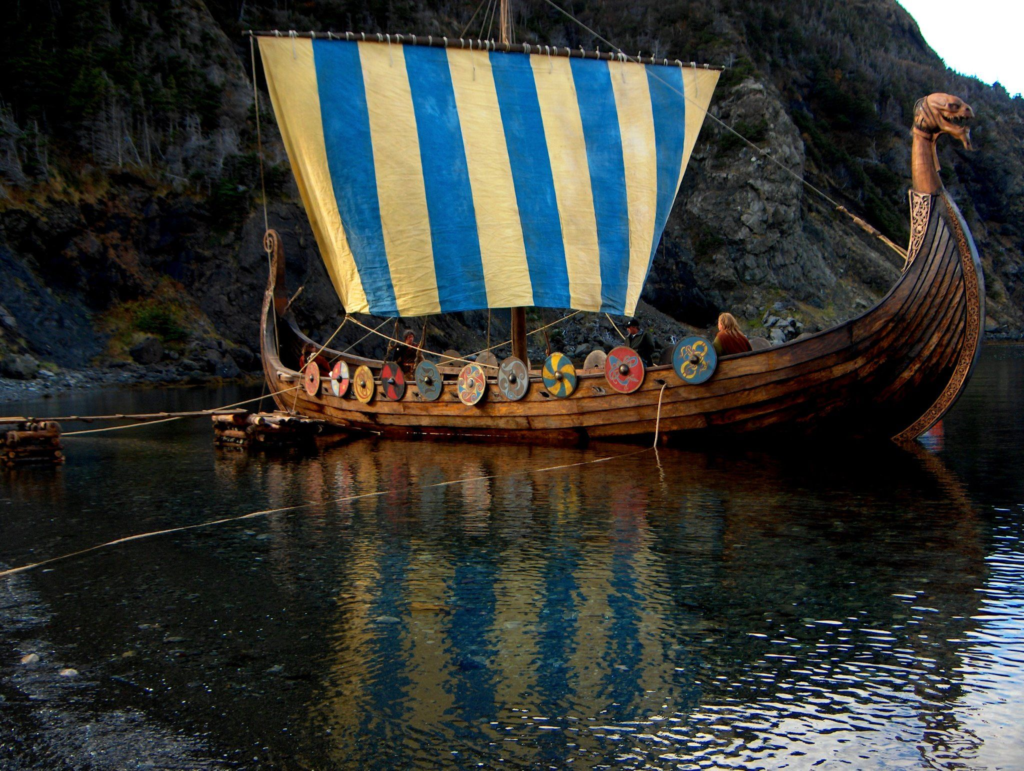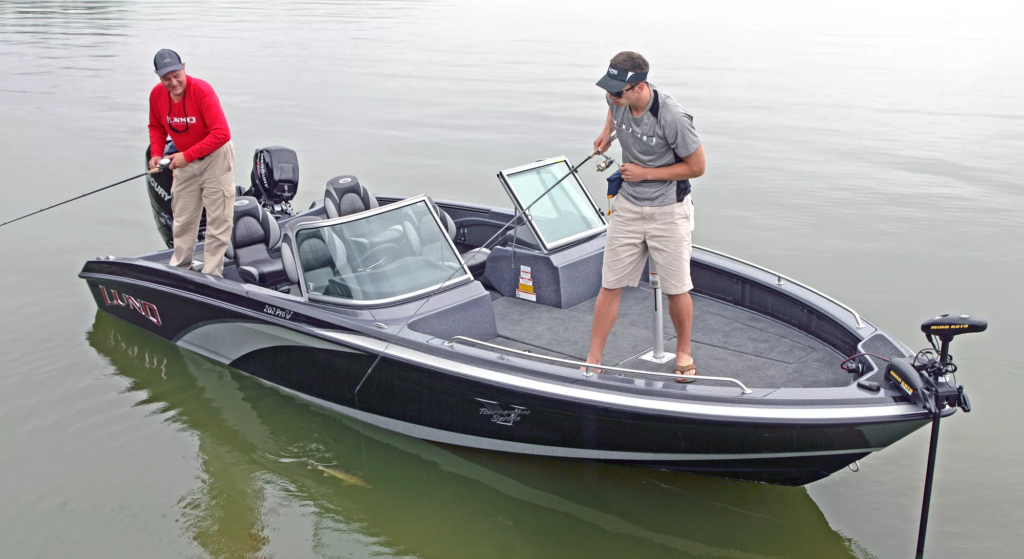Boats are one of the earliest human inventions that allowed overcoming water obstacles. Water vehicles have existed since ancient times and have a history stretching back thousands of years. In this article, we will discuss the history of boats, their technological development and their various uses.
History and Genesis
Boats began to be used in a limited way as early as the time of the first man. These were usually floating logs made of wood or animal skins, used for fishing and hunting. The construction of these primitive boats was quite simple: they were only minimally stable means of navigation.
However, with the passage of time and the development of technology, boats became not only a practical use, but also an object of religion and art. New types of boats appeared in different periods: sailing, rowing and windmill. Boats were used for trade, military purposes, travel and expeditions. The ancient Egyptians used boats to transport stones and other materials to build the pyramids.
The barges of the Egyptian pharaohs were decorated with luxurious ornaments and used for expeditions on the Nile and the Mediterranean Sea. Meanwhile, ancient Greek and Roman military galleys with oars were used for sea battles and troop transport. Boats were necessary and strategically important for the development of various civilizations.

Medieval Boats
In the Middle Ages, the Vikings became famous for their drakkars – long, narrow ships with dragon heads on the prow. These ships were used for plunder and trade and were fast and maneuverable, perfect for long voyages. In addition to the Vikings, other types of boats, such as the caravel and the cog, were used in trade and war in medieval Europe.

Boat Evolution
In recent times, important changes in shipbuilding and boat development have been implemented. The first steamboats with steam engines replaced traditional sailing ships. New types of sailing ships were created that were faster and more powerful than their predecessors.
In addition, submarines appeared, which began to be used for military and scientific purposes. In shipbuilding, iron began to be used instead of wood, which made it possible to create stronger and more durable ships.
Boat Materials and Construction
Ancient Boats
The first boats were made of wood. Ancient people cut tree trunks and used them to form the hull of a boat. Such boats were quite simple and served basic needs such as fishing and transportation. The ancient Egyptians used papyrus and bundles of reeds to create durable and lightweight boats to navigate the Nile.

Modern Boats
Today, boats are made of various materials: wood, metal, fiberglass, etc. The latest technologies and materials make it possible to create light and strong boats that are widely used for fishing, sports, recreation and commercial purposes. Fiberglass is particularly popular due to its resistance and lightness, it is used not only in the production of boats, but also yachts and boats.

Boat Impact on Fishing
One of the main advantages of a boat is the ability to reach hard-to-reach places. Fishermen could swim to deeper water bodies where there were more fish. This allowed fishermen to fish more efficiently and increase the amount of catch.
They also provided fishermen with greater safety and stability than a simple float or log float. This is especially important in stormy weather or strong currents. The boats helped avoid dangerous situations and ensured that fishermen could safely return to shore with their catch.
In conclusion
Boats, as one of the oldest inventions of mankind, remain an indispensable means of water transport to this day. Its history shows how humans have adapted and improved technology over the millennia to travel and explore the world. From primitive wooden rafts to modern motorboats, they have always been an important part of human civilization, contributing to our development and progress.




